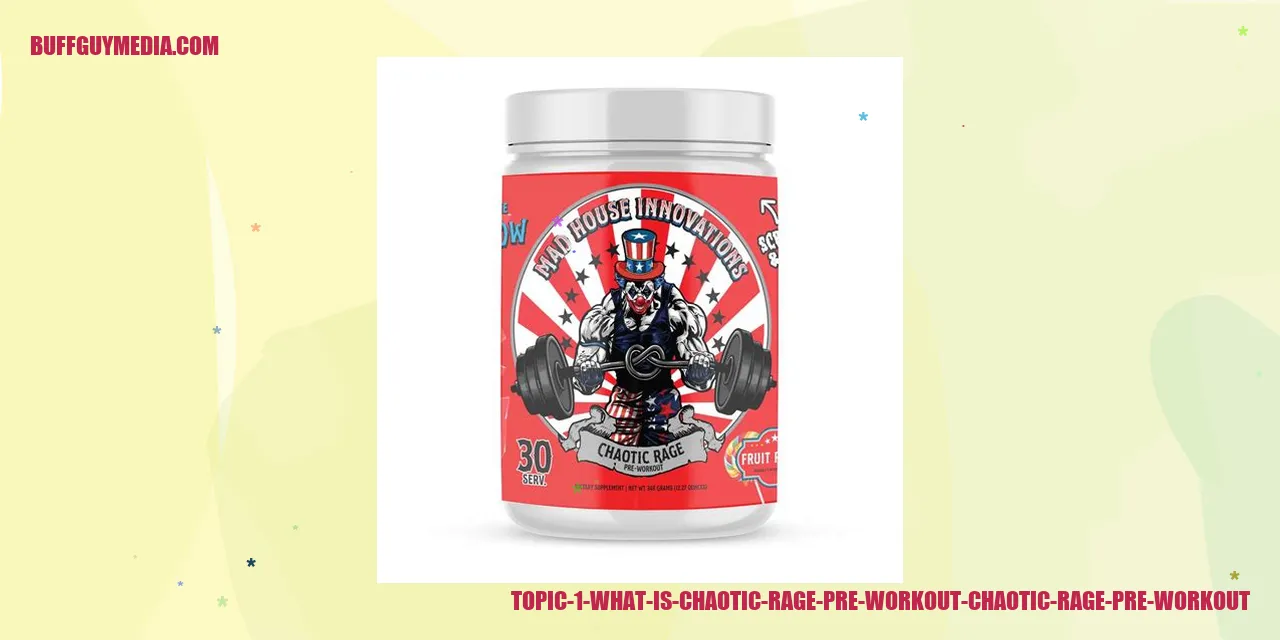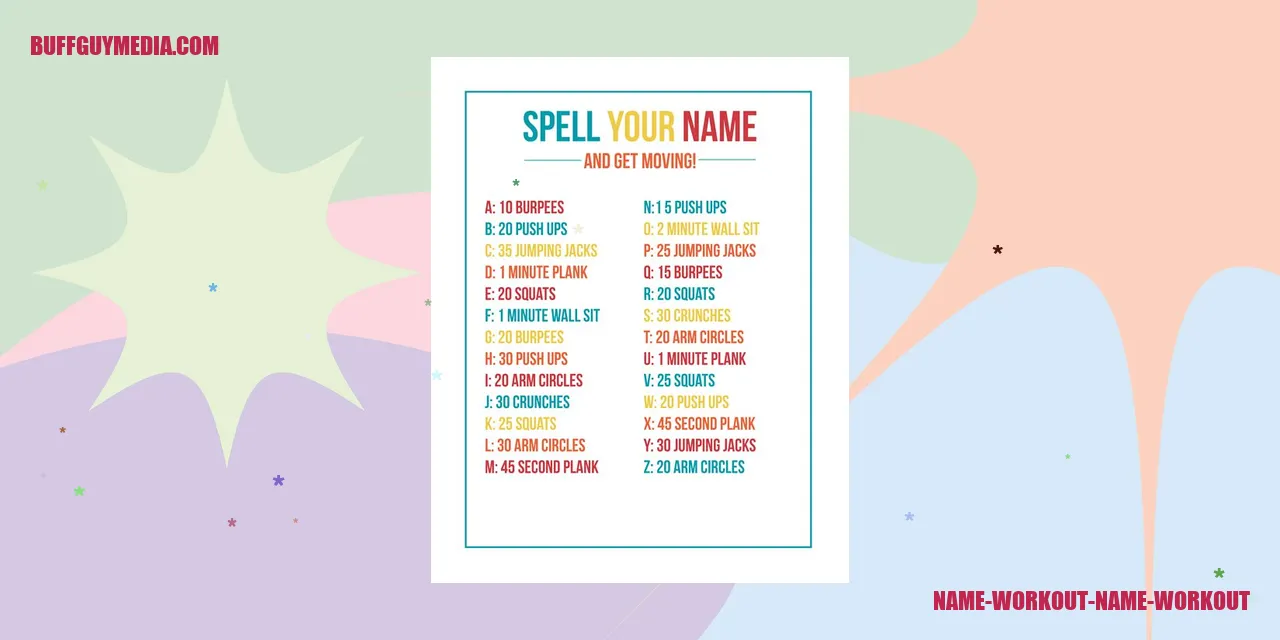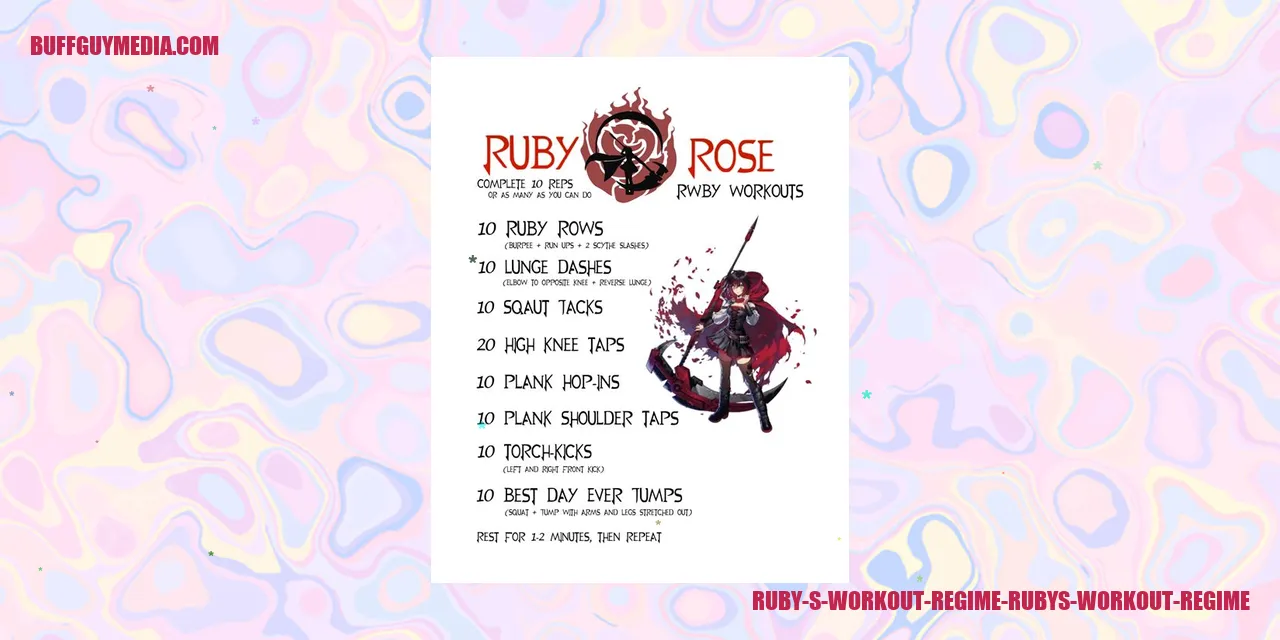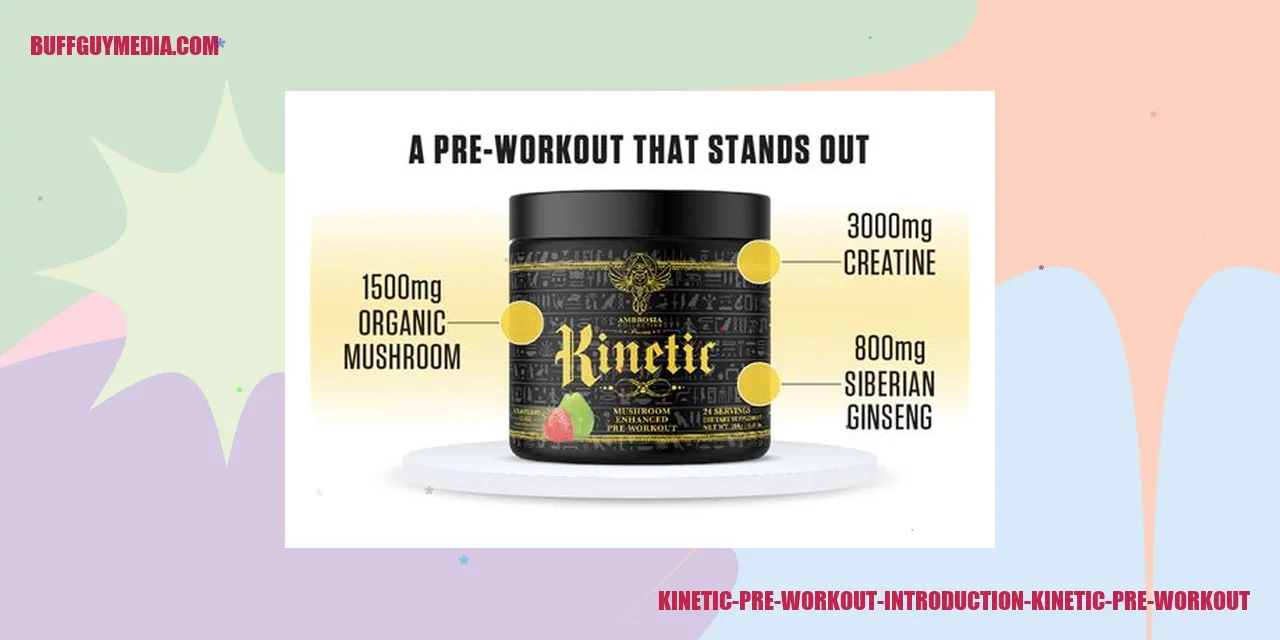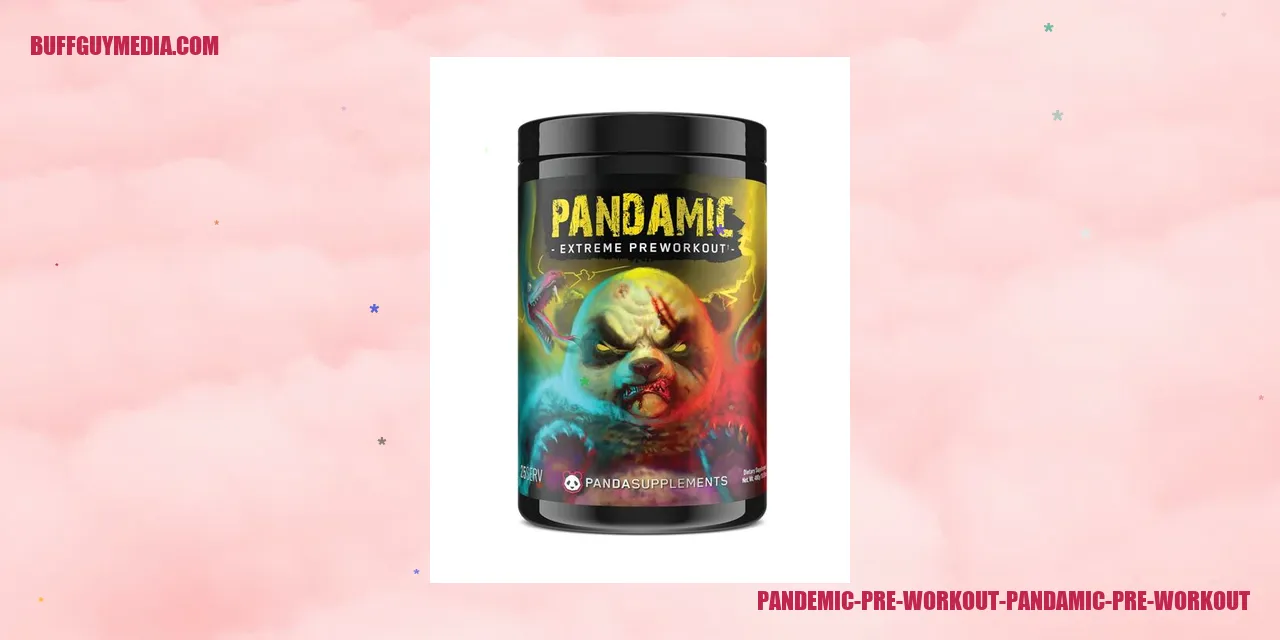Workout After Massage: Boost Your Fitness and Relaxation
Exercise After a Massage: Harnessing the Combined Benefits
The Advantages of Incorporating Exercise after a Massage
Pairing exercise with a massage can create a powerful duo that amplifies the benefits of both activities. When you engage in physical activity following a massage, you can enjoy a plethora of advantages:
- Enhanced Flexibility: Through the relaxation and loosening of tight muscles, a massage increases their flexibility. Incorporating a workout into this routine allows you to take full advantage of the expanded range of motion, resulting in even greater flexibility gains.
- Improved Blood Circulation: Massages promote blood flow and circulation throughout the body. Engaging in physical exercise immediately afterward amplifies this effect, as the heightened heart rate during the workout facilitates the efficient delivery of oxygen and nutrients to your muscles.
- Heightened Endorphin Release: Massage therapy stimulates the body’s release of endorphins, which act as natural pain relievers and mood boosters. When combined with exercise, these endorphins contribute to a heightened sense of happiness and relaxation, aiding in your post-workout recovery and overall well-being.
Recommended Workout Regimens to Pair with a Massage
Not all exercise routines are suitable to be performed immediately after a massage. It is crucial to select exercises that are gentle, promote relaxation, and complement the benefits of your massage. Some recommended activities include:
- Yoga: Practicing yoga poses after a massage can help enhance flexibility, balance, and relaxation. Its gentle nature makes it perfect for restoring your body’s equilibrium.
- Pilates: Similar to yoga, Pilates focuses on core strength, flexibility, and controlled movements. Its low-impact nature makes it an ideal choice after a massage.
- Light Cardiovascular Exercises: Engaging in light cardio exercises like brisk walking, cycling, or swimming can further enhance blood circulation while maintaining a relaxed state.
[[READMORE]]
Valuable Tips for Incorporating Exercise into Your Post-Massage Routine
To fully optimize the benefits of a workout after a massage, it is important to consider the following tips:
- Allow Ample Time: Allocate at least 15 to 30 minutes for relaxation after your massage before commencing your workout. This gives your body the opportunity to adjust and fully absorb the effects of the massage.
- Maintain Hydration: Ensure you drink plenty of water before and after your massage, as well as during your workout. Proper hydration is crucial for muscle function and recovery.
- Listen to Your Body: Pay close attention to how your body feels and adjust the intensity of your workout accordingly. Consider modifying exercises or taking breaks if you experience any discomfort.
Also read:
Pre Workout for Diabetics: Boost Your Energy Safely
Weight Gain Last Man Standing Kristin
Potential Risks and Precautions to Consider
Although combining exercise and massage can yield numerous benefits, it is important to be cautious of potential risks and take appropriate precautions:
- Avoid High-Intensity Workouts: Engaging in highly intense workouts immediately after a massage can strain recently relaxed muscles. Opt for low to moderate intensity exercises instead.
- Consult Your Massage Therapist: Inform your massage therapist about your intention to exercise afterward so they can tailor the massage session accordingly or advise on any areas to be cautious of.
- Respect Your Body’s Limits: If you experience any pain or discomfort during or after your massage, it’s advisable to skip your workout and allow your body ample time to rest and recover.
]
Stretching After Massage: The Key to Accelerated Post-Massage Recovery
The Significance of Stretching After a Massage
Complementing your massage session with stretching exercises is essential to maximize the results of your treatment. The combined benefits of massage and stretching unlock deeper relaxation, quicken muscle recovery, and enhance overall flexibility.
Highly Effective Rejuvenating Stretches for Post-Massage Recovery
Several stretches are particularly effective when performed after a massage to optimize recovery. The following stretches target different muscle groups, stimulate blood circulation, and alleviate any lingering soreness or stiffness:
- Hamstring Stretch: Extend one leg straight in front and gently lean forward from the hips, reaching towards your toes. Hold for 15-30 seconds and switch to the other leg.
- Triceps Stretch: Raise one arm, bend it at the elbow, and position your hand behind your head. Lightly press the elbow backward using your other hand. Hold for 15-30 seconds and repeat on the opposite side.
- Chest Opener: Clasp your hands at the back, straighten your arms, and lift your chest upward. Focus on deep breathing while holding this position for 15-30 seconds.
- Quad Stretch: Stand upright, grab one ankle, and gently pull your heel towards your buttocks while ensuring your knees remain close together. Hold for 15-30 seconds and switch to the other side.
Optimal Duration for Post-Massage Stretching
The ideal duration for post-massage stretching varies depending on individual factors and the intensity of the massage. Generally, a 10-15 minute stretching routine is sufficient to prolong the benefits of your massage and enhance muscle recovery. Remember to listen to your body’s signals and avoid rushing through the stretches.
Safe and Effective Guidelines for Stretching After Massage
Adhering to certain guidelines while stretching after a massage is crucial for safety and efficacy:
- Warm-up: Prior to stretching, engage in light cardiovascular activities like walking or stationary cycling for 5-10 minutes to warm up your muscles.
- Focus on Symmetry: Ensure equal attention is given to both sides of your body during stretches to prevent muscle imbalances and potential injuries.
- Breathe and Relax: Maintain a slow, deep breathing pattern during the stretches to help relax your muscles and cultivate a sense of calmness.
- Avoid Painful Stretches: Differentiate between discomfort and pain, avoiding any stretches that cause sharp pain or exceed your comfort level.
- Seek Professional Guidance: If in doubt about suitable stretches or if you have specific concerns, consult a qualified fitness professional or your massage therapist for personalized advice.

The Importance of Hydration After a Relaxing Massage
Why Staying Hydrated After a Massage is Crucial
After indulging in a blissful massage session, many tend to overlook the significance of keeping themselves hydrated. However, maintaining proper hydration is essential to maximize the benefits of a massage and ensure optimal well-being. When our bodies receive a massage, it triggers the release of toxins, improves circulation, and relaxes our muscles. These processes can lead to increased fluid loss, making hydration crucial for replenishing our body’s water supply.
Recommended Fluid Intake After a Massage
It is strongly advised to consume a minimum of 8-10 glasses of water throughout the day following a massage. The recommended amount may vary depending on factors such as individual body type, environmental conditions, and the intensity of the massage. Consistently sipping water aids in flushing out toxins, rehydrating muscles, and ensuring proper bodily functions.
Alternative Hydrating Beverages to Consider
Although water is the go-to choice for staying hydrated, there are several other beverages that offer additional benefits after a massage. Coconut water is an excellent option as it naturally contains electrolytes, which aid in rehydration. Herbal teas, such as chamomile or ginger tea, provide relaxation while hydrating the body. Additionally, fruit-infused water and natural juices offer a refreshing and hydrating alternative.
Recognizing Dehydration: Signs to Watch Out For
Whilst consuming enough fluids after a massage is crucial, it is equally important to be mindful of signs indicating dehydration. Common symptoms to be aware of include a dry mouth, dark-colored urine, fatigue, dizziness, and muscle cramps. If any of these signs manifest, it is imperative to increase fluid intake immediately to prevent further dehydration.
Maintaining proper hydration levels after a massage is crucial to optimize the benefits of the treatment and support the body’s natural healing process. So, the next time you indulge in a relaxing massage, make it a point to hydrate adequately and experience a renewed sense of refreshment and rejuvenation.
Here is the rewritten version of the content:

The Significance of Adequate Nutrition Following a Relaxing Massage
Optimal Food Choices for Post-Massage Recovery
After indulging in a rejuvenating massage, it becomes crucial to replenish your body with the essential nutrients that facilitate the recovery process. Consuming foods abundant in protein and antioxidants is highly recommended. Integrate lean sources of protein like chicken, fish, or tofu into your meals, as they play a significant role in muscle rebuilding and repairing. Furthermore, incorporating antioxidant-rich fruits and vegetables such as berries, leafy greens, and citrus fruits assists in combating inflammation and fortifying the immune system.
Strategic Meal Timing After a Massage
The timing of your meals following a massage session holds paramount importance in maximizing the benefits. It is advised to consume a balanced meal within two hours of your massage, as your body’s metabolism is heightened, allowing for more efficient nutrient absorption. A well-rounded meal comprising a harmonious combination of carbohydrates, proteins, and healthy fats aids in replenishing energy levels while supporting the recovery process.
Supplementary Support for Enhanced Recovery
Besides adhering to a well-balanced diet, certain supplements or vitamins can further augment your post-massage recovery. Omega-3 fatty acids, found in fish oil or flaxseed supplements, possess remarkable anti-inflammatory properties that aid in alleviating muscle soreness. Additionally, magnesium supplements can contribute to relaxation and muscle recovery. However, it is advisable to consult a healthcare professional before commencing the use of any new supplements.
Remember, taking care of your nutrition after a massage not only replenishes your body but also optimizes the benefits of the massage itself by promoting muscle repair, reducing inflammation, and enhancing overall well-being. Therefore, make it a priority to incorporate these post-massage nutritional guidelines into your routine to experience a faster recovery and long-lasting therapeutic effects.
Revel in the invigorating combination of massage and proper nutrition for the ultimate state of wellness!
*Please be aware that the information provided serves solely for informational purposes and should not serve as a substitute for medical advice. Always consult a healthcare professional before making any dietary changes.
The Importance of Rest for Post-Massage Recovery
The Significance of Rest in the Healing Process following a Massage
Rest plays a crucial role in the recovery process after a revitalizing massage session. When you indulge in a massage, various physiological changes occur within your body. The manipulation of your soft tissues leads to the release of toxins and metabolic byproducts from your muscle fibers, which might result in slight discomfort or soreness. Allowing your body ample rest helps facilitate the elimination of these substances while promoting overall healing and rejuvenation.
Recommended Duration of Rest after a Massage
The duration of rest needed following a massage is contingent on multiple factors. These factors include the type of massage, its intensity, and how your body specifically responds to the treatment. As a general guideline, it is advisable to take it easy for at least 24 hours after a massage, ensuring sufficient time for your body to regain its natural equilibrium. It is crucial to listen to your body and adjust the length of your rest accordingly, ensuring complete recovery.
Activities that Promote Relaxation and Facilitate Recovery
Engaging in activities that promote relaxation and aid in the recovery process can significantly enhance the benefits of your massage. Consider immersing yourself in a warm bath with aromatherapy essential oils, practicing deep breathing exercises, or engaging in gentle stretching routines. These activities contribute to calming both your body and mind, reducing stress levels, and further aiding in the healing process. Additionally, it is imperative to prioritize adequate sleep, as it allows your body to repair and regenerate tissues more effectively.
Recognizing Signs of Overexertion or Insufficient Rest
It is crucial to be aware of potential signs indicating overexertion or inadequate rest following a massage session. Signs to watch out for include increased muscle soreness, persistent fatigue, limited range of motion, and a general feeling of physical or mental strain. If you experience any of these symptoms after a massage, it is essential to allocate additional time for rest, allowing your body to fully recover and restore itself.

Boost Your Workout Performance with Massage Techniques
Improve Flexibility and Increase Range of Motion
Enhancing flexibility and range of motion is crucial to optimize your workout performance. By incorporating specific massage techniques into your routine, you can enhance these factors, allowing for fluid movements and reducing the risk of injuries. Two effective massage techniques for improving flexibility and range of motion include myofascial release and deep tissue massage.
Myofascial release targets the connective tissues surrounding your muscles, releasing tension and adhesions. This technique helps your muscles move more freely, resulting in an increased range of motion. On the other hand, deep tissue massage focuses on reaching the deeper layers of muscle tissue, releasing knots and tightness, promoting flexibility and mobility.
Facilitate Muscle Recovery and Repair
Following intense workouts, your muscles may experience micro-tears, leading to delayed onset muscle soreness (DOMS). To aid in muscle recovery and repair, incorporating specific massage techniques can be highly beneficial. Two effective techniques for this purpose are sports massage and trigger point therapy.
Sports massage involves applying deep pressure and stretching techniques to target the specific muscles used during your workout. This technique promotes increased blood flow, reduces muscle tension, and accelerates healing. Conversely, trigger point therapy focuses on releasing tight knots within muscles. Applying pressure to these points helps alleviate pain and facilitates muscle recovery.
Incorporating Massage into Your Pre-Workout Warm-up
When it comes to maximizing the benefits of massage, integrating it into your pre-workout warm-up routine can have a significant impact. By dedicating a few minutes to massage before you start exercising, you can increase blood flow to your muscles, mentally prepare for the workout, and enhance overall performance. Consider using a foam roller or massage balls to target specific areas of the body that need attention.
Optimal Frequency and Timing for Massage
While incorporating regular massage sessions is beneficial, understanding the optimal frequency and timing is crucial for achieving the best results. The frequency of massage depends on various factors, including your training intensity, recovery needs, and overall fitness level. For most individuals, scheduling a massage once or twice a week is sufficient. Regarding timing, consider scheduling a massage a few hours after your workout or on rest days to allow your body to recover and reap the full benefits of the massage.

Understanding Common Worries Regarding Exercising After a Massage
Can I Engage in Physical Activity Immediately After a Massage?
An often-asked question concerning exercising after a massage is whether it is safe to do so right away. While the temptation to jump into a workout session after a soothing massage may be strong, it is generally recommended to allow your body some time to rest and recuperate before undertaking intense physical activities.
A massage assists in reducing muscle tension and promoting relaxation. Its goal is to calm the body and alleviate any muscular soreness or tightness. Plunging into an intense workout immediately after a massage can potentially undermine its benefits and increase the risk of sustaining an injury.
Should I Modify the Intensity of my Workout?
If you choose to exercise after a massage, it is vital to pay attention to your body’s signals and make necessary adjustments to the intensity of your workout. A massage can leave your muscles feeling loose and relaxed, which might impact your performance during high-intensity exercises.
To prevent overexertion, consider opting for low-impact activities or incorporating stretching and flexibility exercises into your routine. This will enable your body to gradually adapt to its post-massage state and decrease the likelihood of straining or injuring yourself.
What Types of Exercises Are Recommended After a Massage?
Following a massage, it is advisable to engage in gentle exercises that facilitate circulation and further relaxation. These exercises may include light walking, gentle stretching, or low-intensity yoga.
Such exercises help to maintain the massage’s benefits by promoting blood flow and preventing the muscles from becoming stiff. By incorporating these activities, you can continue to unwind and support muscle recovery while slowly reintegrating into your usual workout routine.
How Can I Listen to My Body and Avoid Overexertion?
Listening to your body is paramount when it comes to exercising after a massage. Pay attention to any signs of discomfort, fatigue, or pain that may arise during or following your workout.
If you experience any lingering soreness or muscular tension, it may indicate that you pushed yourself too hard. In such cases, it is recommended to take additional rest or opt for lighter exercises until the discomfort subsides.
Remember, the objective is to strike a balance between the benefits of both massage and exercise. Stay mindful of your body’s cues and avoid overexertion to ensure an optimal recovery experience.
How Exercise Complements the Advantages of Massage
In today’s fast-paced society, individuals are constantly seeking ways to lead healthier and more balanced lifestyles. This has resulted in a growing interest in the benefits of both exercise and massage therapy. While each of these practices provides unique advantages individually, research indicates that combining exercise and massage can significantly enhance overall well-being.
A massage is renowned for its ability to induce relaxation, mitigate stress, and alleviate muscle tension. It improves blood circulation, enhances lymphatic drainage, and accelerates the body’s natural healing process. However, when regular exercise is incorporated into one’s routine, it magnifies these benefits even further.
Exercise stimulates blood flow, increases the muscle’s oxygen supply, and triggers the release of endorphins, which are the body’s natural pain relievers. When exercise is followed by a massage, the heightened blood circulation aids in delivering more oxygen and nutrients to the muscles, promoting faster recovery and reducing any soreness or tension.
Effects of Exercise on Muscle Tension and Knots
Muscle tension and knots are common issues that often arise from poor posture, repetitive movements, or physical stress. Regular exercise plays a crucial role in reducing and preventing muscle tension. When we engage in physical activity, our muscles are stretched, strengthened, and stimulated. This improves muscle flexibility and diminishes the likelihood of developing knots or trigger points.
Additonally, exercise helps in maintaining good posture and body alignment, which is vital for avoiding muscle imbalances and subsequent tension. Consistent workouts that focus on strengthening the core muscles, such as Pilates or weightlifting, can specifically aid in relieving tension by enhancing muscle control and stability.
Combining Massage and Exercise for Optimum Muscle Health
By combining massage therapy with exercise, a powerful synergy is created that promotes optimum muscle health. Massages can effectively release deep-seated muscular tension and knots that exercise alone may not fully address. Furthermore, massages assist in reducing post-workout muscle soreness, enabling individuals to recover more rapidly and return to their fitness routines with renewed energy.
Regular massages also contribute to preventing exercise-related injuries. During a massage, the manipulation of soft tissues enhances muscle flexibility, reduces muscle adhesions, and improves joint mobility. Consequently, the risk of strains, sprains, and other exercise-related injuries decreases.
How Regular Exercise Enhances the Benefits of Massage
Engaging in regular exercise not only enhances the physiological effects of massage but also leads to long-term improvements in overall well-being. Exercise enthusiasts who prioritize physical activity experience greater benefits from their massages due to a variety of reasons.
Firstly, exercise enhances body awareness and reduces stress levels, allowing individuals to fully relax and derive maximum benefit from their massage sessions. Secondly, regular exercise helps in maintaining muscle tone and strength, ensuring that the results of the massage are retained for an extended period.
Lastly, exercise stimulates the release of endorphins, which elevate mood and contribute to overall mental well-being. This positive state of mind enhances the relaxation and stress-reducing effects of a massage, resulting in a deeper sense of rejuvenation.

Optimum Massage Choices to Prep Your Muscles before Working Out
Massage Techniques That Prime Your Muscles for Exercise
When deciding on the most appropriate massage type before a workout, it is crucial to consider techniques that effectively ready your muscles for physical activity. Certain massage techniques have proven particularly beneficial in this regard, such as myofascial release, sports massage, and proprioceptive neuromuscular facilitation (PNF) stretching.
Myofascial release works by targeting the fascia, the connective tissue surrounding the muscles, to release tension and tightness. Sports massage incorporates stretches and muscle mobilization to enhance flexibility and range of motion. PNF stretching involves alternating stretching and muscle contraction to improve flexibility and prepare the muscles for the demands of exercise.
Advantages of Pre-Workout Massage for Performance and Preventing Injuries
Engaging in a pre-workout massage provides numerous benefits that contribute to improved performance and injury prevention. Massage increases blood circulation, delivering essential oxygen and nutrients to the muscles. This assists in muscle recovery and reduces the risk of injuries such as strains and sprains.
Moreover, pre-workout massage reduces muscle tension and stiffness, enabling more efficient movement during exercise. It also helps alleviate muscle soreness, enhancing overall comfort and performance. Furthermore, the relaxation induced by massage aids in stress reduction and anxiety alleviation, promoting the focused mindset necessary for optimal workout outcomes.
Timing Your Pre-Workout Massage for Maximum Effectiveness
The timing of your pre-workout massage is vital to achieve its maximum benefits. Generally, it is advisable to schedule your massage at least 30 minutes before your workout. This allows your body enough time to absorb the positive effects of the massage, including improved blood circulation and enhanced tissue flexibility.
Avoid receiving a deep tissue or intense sports massage immediately before your workout, as this may leave your muscles feeling fatigued or sore. Instead, opt for a lighter massage or a combination of techniques that gently prepare your muscles for the upcoming exercise.
Discussing Your Exercise Objectives with Your Massage Therapist
Before receiving a pre-workout massage, it’s important to discuss your exercise objectives and expectations with your massage therapist. This dialogue will enable your therapist to tailor the massage techniques to your specific needs. For instance, if your goal is to improve flexibility, your therapist may focus more on stretching and mobility-enhancing massage techniques.
Furthermore, informing your therapist about any muscle imbalances or areas of tenderness you may have beforehand will ensure that those specific areas receive targeted attention during the massage. Collaborating with your therapist will help achieve the best results and optimize the benefits of your pre-workout massage.





